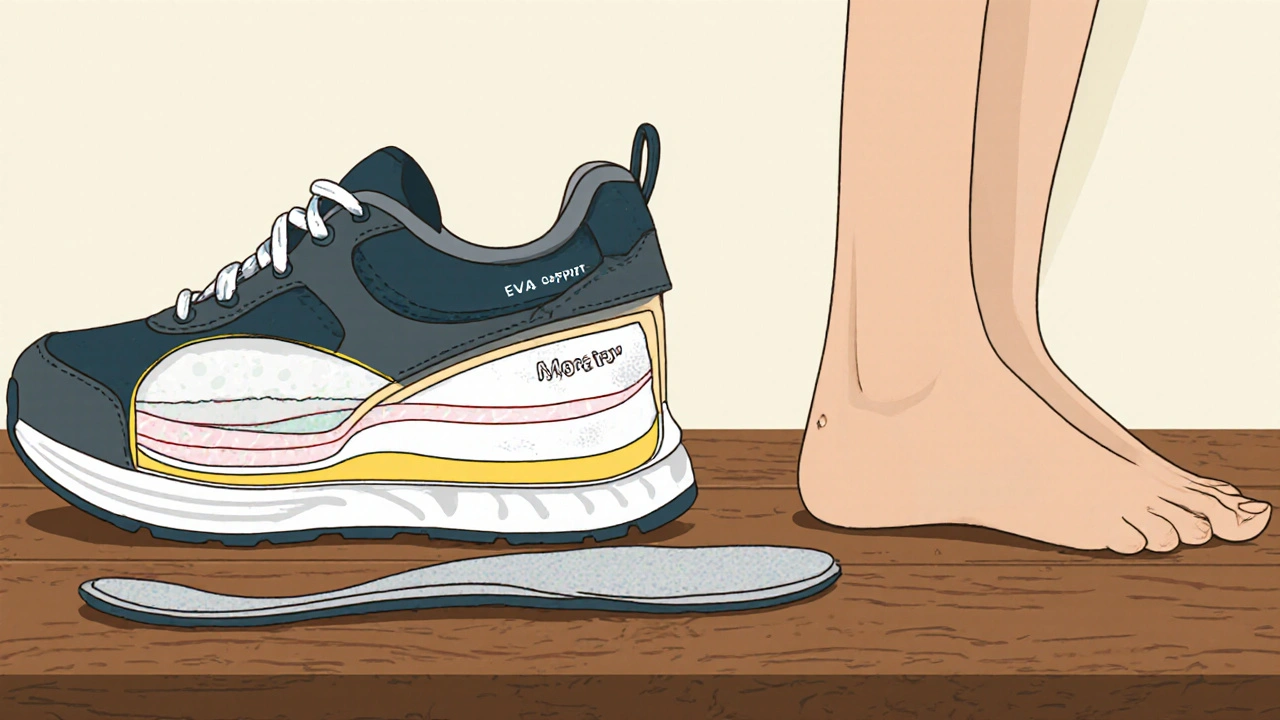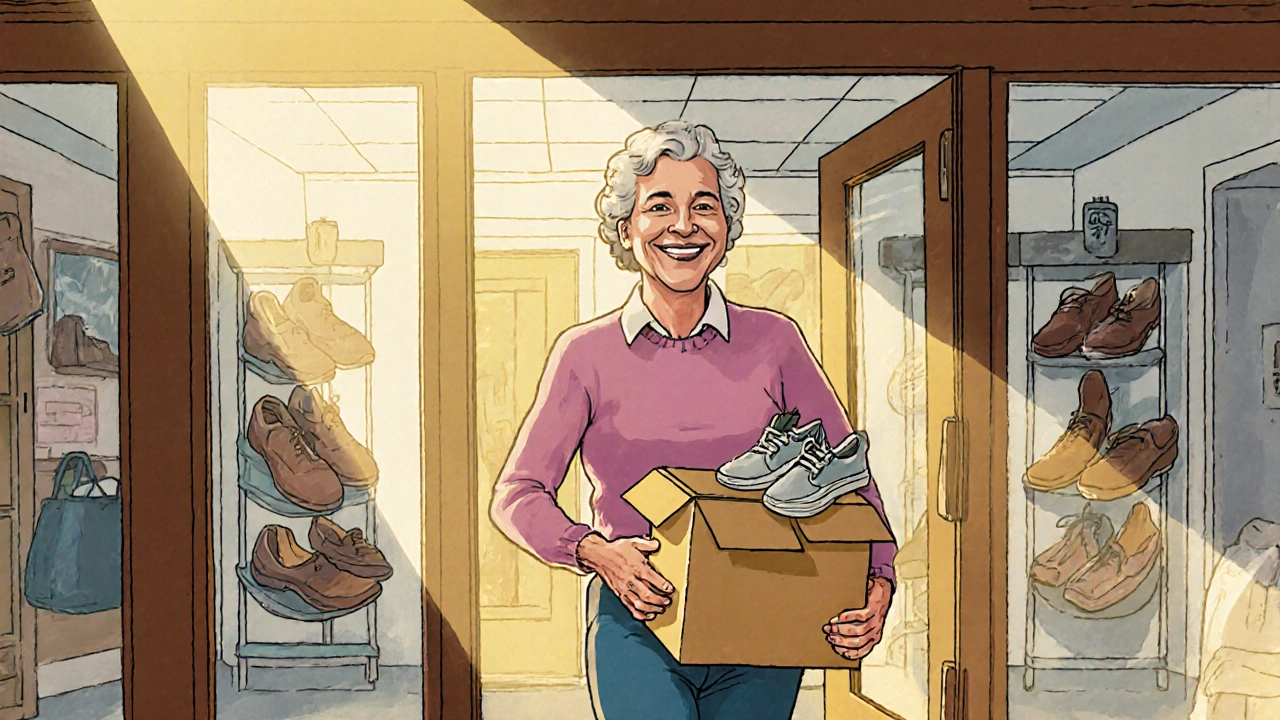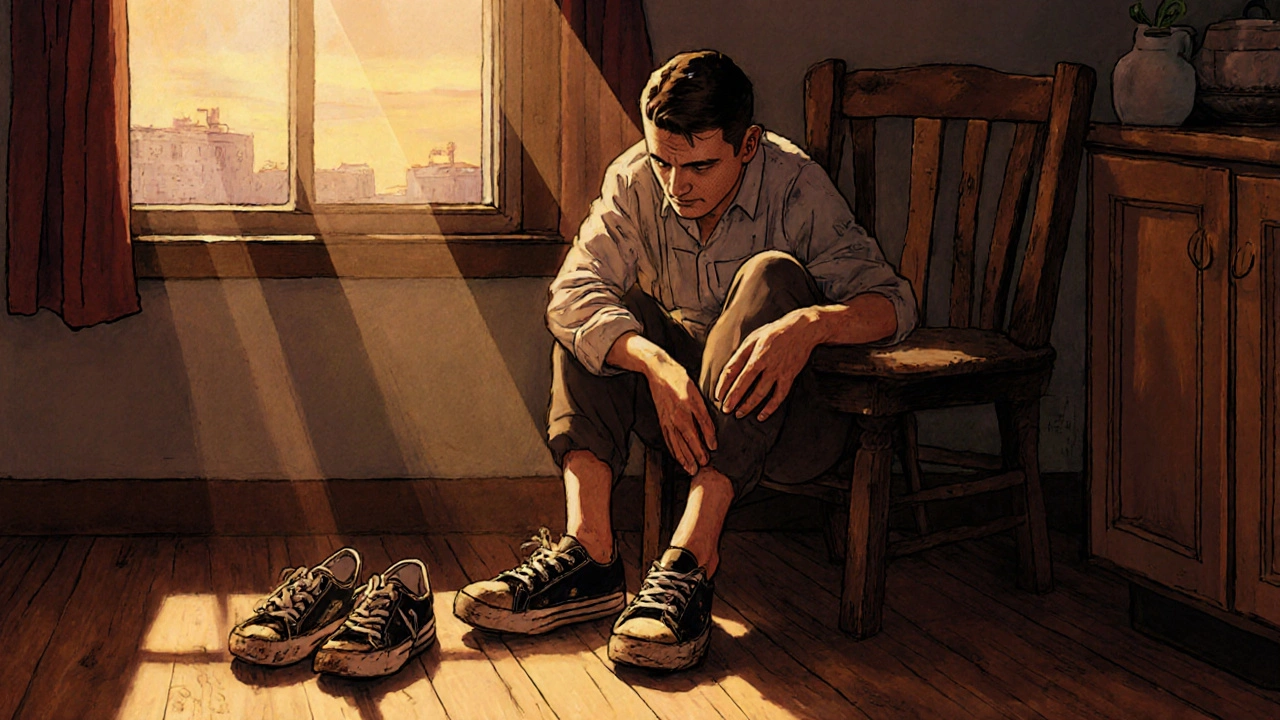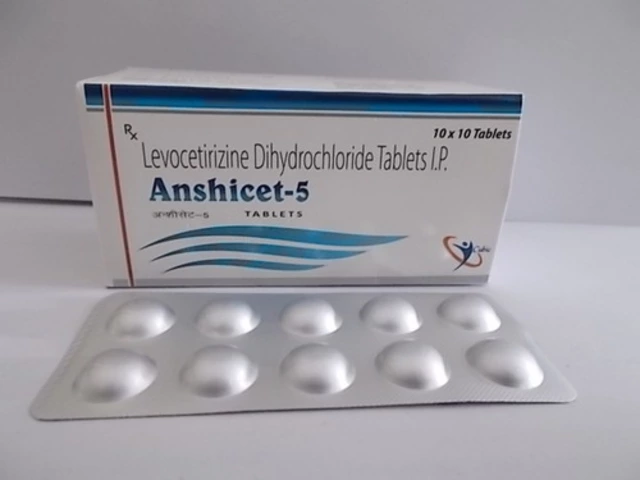Footwear Selection Tool for Muscle Stiffness
Find Your Ideal Shoe Type
Answer a few questions to get personalized footwear recommendations for reducing muscle stiffness
Step 1: What's your arch type?
Not sure? Do the wet footprint test: wet your foot and step on a paper towel. Low arch leaves a nearly full footprint, neutral leaves a slight curve, high arch leaves a narrow strip.
Step 2: What's your typical activity level?
Step 3: Where do you feel stiffness?
Select multiple if you experience stiffness in several areas
When your legs feel tight and sore after a day on your feet, the shoes you wear are often the hidden culprit. Picking the right pair can turn a painful routine into a smoother, more comfortable experience. This guide walks you through the science behind footwear for muscle stiffness, the features that matter, and how to shop smartly so you walk away with relief, not regret.
Why Shoes Influence Muscle Stiffness
Footwear acts as the interface between the ground and your body. Poor shock absorption or inadequate arch support forces muscles in the calves, shins, and feet to work harder, leading to tightness and aches. Conversely, shoes that distribute pressure evenly let muscles relax, improving circulation and reducing the buildup of lactic acid that makes stiffness worse.
Muscle Stiffness is the sensation of reduced flexibility and increased tension in muscle fibers. It often spikes after prolonged standing, walking on hard surfaces, or wearing shoes without proper cushioning. Understanding this connection is the first step toward smarter shoe choices.
Core Shoe Attributes to Examine
- Arch Support helps maintain proper foot alignment and eases load on calf and shin muscles. Look for midsoles that contour to your arch type-low, neutral, or high.
- Cushioning absorbs impact and reduces shock transmission to the muscles. Materials like EVA foam, TPU, or proprietary gel layers vary in firmness and durability.
- Heel Height affects the angle of the ankle and calf stretch; a modest heel (about 1-1.5 inches) can relieve tension for many wearers.
- Heel-to-Toe Drop the differential between heel and forefoot; a lower drop encourages a more natural gait and can lessen calf tightness.
- Insoles removable footbeds can be swapped for custom orthotics or added arch pads for extra support.
Popular Shoe Types and Their Muscle‑Friendly Traits
| Type | Arch Support | Cushioning Level | Heel Height | Best For |
|---|---|---|---|---|
| Running Shoes | Medium‑to‑high | High (gel/EVA) | 0.5-1.0 in | Daily walkers, light joggers |
| Orthopedic Shoes | High (customizable) | Medium | 1.0-1.5 in | People with chronic stiffness, plantar fasciitis |
| Minimalist Shoes | Low | Low‑to‑medium | 0-0.25 in | Those preferring natural foot mechanics |
| Work Boots | Variable (depends on brand) | Medium‑high | 1.0-1.75 in | Long‑hour shifts on hard floors |
Each style has a different balance of support and flexibility. If you’re battling tight calves, a shoe with moderate cushioning and a slight heel can keep the muscles from over‑contracting. For severe plantar‑foot pain, orthopedic models with interchangeable insoles often give the most relief.

Self‑Assessment: What Do Your Feet Need?
- Check your arch type. Wet‑foot test (step on a paper towel after a short walk) reveals whether you have a low, neutral, or high arch.
- Observe your gait. Do you land on the heel, mid‑foot, or forefoot? A simple video analysis can highlight patterns that cause calf over‑use.
- Measure stiffness frequency. If tightness appears after less than an hour of standing, prioritize cushioning and heel height.
- Identify any diagnosed conditions-plantar fasciitis, Achilles tendinopathy, or flat feet-since these dictate specific support levels.
Writing down these observations creates a personal checklist you can bring to any shoe store.
Buying Checklist: Don’t Leave the Store Without These
- Confirm the shoe’s arch support matches your test result.
- Press the midsole; it should give slightly but rebound quickly.
- Walk on a hard surface in the store-feel for heel‑to‑toe transition.
- Check that insoles are removable for custom orthotics if needed.
- Ensure the heel height isn’t too low (which can overstretch calves) or too high (which can lock the ankle).
- Ask about break‑in periods; some models need a week of light wear before full support kicks in.

Common Pitfalls and How to Avoid Them
Even seasoned shoppers slip up. The most frequent mistakes include:
- Choosing style over function. A trendy sneaker might look great but lack the arch contour you need.
- Buying shoes that are too tight in the toe box, which forces the foot to point downward and tightens calf muscles.
- Ignoring wear patterns. If the sole is unevenly worn, the shoe’s support geometry is already compromised.
- Assuming “one size fits all.” Different activities (walking vs. standing) require distinct cushioning profiles.
Keep a simple rule: if a shoe feels uncomfortable after a few minutes of walking in the store, it will only get worse with daily wear.
Maintaining Your Shoes for Ongoing Relief
Correct care extends the life of your supportive features. Rotate between two pairs to let midsoles decompress. Store shoes in a cool, dry place-heat can break down foam. Replace them every 6‑12 months, or sooner if you notice loss of cushioning or arch collapse.
Frequently Asked Questions
Can regular running shoes reduce calf stiffness?
Yes, if they provide medium arch support, good cushioning, and a modest heel‑to‑toe drop. Look for models designed for neutral runners.
Are minimalist shoes a good choice for tight calves?
Generally not. Minimalist shoes offer limited cushioning and low arch support, which can force calves to work harder during each step.
How often should I replace my orthopedic shoes?
Every 6‑12 months, depending on wear. If you feel a loss of support or notice uneven sole wear, it’s time for a new pair.
Do insoles help with muscle stiffness?
Custom or over‑the‑counter insoles that match your arch can reduce strain on calf and shin muscles by improving foot alignment.
What’s the role of heel height in relieving stiffness?
A slight heel (about 1 inch) shortens the gastrocnemius muscle slightly, easing tension without compromising natural gait.
Choosing the right pair isn’t a one‑size‑fits‑all task, but armed with the right criteria, you can shop confidently and walk away feeling less tight and more refreshed.







Sebastian Green
20 October 2025I totally get how those tight calves can ruin a whole day – I’ve been there after long shifts and it feels like my legs are glued to the floor. What helped me was swapping my old work shoes for a pair with a modest heel and decent arch support; the difference was night and day. I also started doing a quick calf stretch while waiting for the coffee, which eases the tension before it builds up. If you can, try the wet‑foot test to see what arch you actually have – it’s a quick way to narrow down the right shoe type. And remember, a shoe that feels decent after a few minutes in the store will usually stay comfortable later on.
Andrew Hernandez
27 October 2025Good points on arch testing and heel height minimal punctuation
Alex Pegg
3 November 2025Skipping the hype, minimalist shoes actually make calves work harder, not easier.
laura wood
10 November 2025I appreciate the practical checklist – knowing exactly what to look for saves a lot of time and money. I’ve found that trying shoes on a hard floor in the store, as you suggested, really reveals whether the heel‑to‑toe transition feels natural. Also, rotating between two supportive pairs can keep the midsoles fresh longer, which is a tip many overlook.
Demetri Huyler
17 November 2025While the average consumer mindlessly grabs the flashiest sneaker, the discerning individual understands that true comfort stems from biomechanical harmony. A shoe with a well‑engineered heel‑to‑toe drop and adaptive cushioning speaks to the sophisticated demands of the modern worker. One must consider not just the superficial aesthetics but also the orthotic compatibility, especially for those prone to plantar issues. Investing in a pair that allows removable insoles ensures longevity and personalized support – a hallmark of prudent footwear acquisition.
JessicaAnn Sutton
24 November 2025The moral imperative here is clear: consumers should not be manipulated by marketing jargon that glorifies style over function. Selecting shoes based on empirical criteria-arch support, cushioning density, and heel geometry-aligns with a responsible approach to personal health. Ignoring these fundamentals contributes to a cycle of pain and unnecessary expenditure, which is ethically indefensible.
jessie cole
1 December 2025Absolutely, the emphasis on objective metrics is vital. I encourage anyone dealing with chronic stiffness to treat shoe selection as a training regimen: test, evaluate, and adjust. Consistency in using supportive footwear will yield progressive relief, much like a well‑structured workout plan.
Kirsten Youtsey
8 December 2025It’s worth noting that many major shoe manufacturers subtly embed proprietary foam compounds designed to lock consumers into a cycle of premature wear. These hidden agendas often go unnoticed, yet they directly influence the degradation of arch support over time, forcing repeated purchases and perpetuating control over the market.
Matthew Hall
15 December 2025Whoa, that’s a deep rabbit hole! I’ve always just grabbed whatever looked cool, but hearing about secret foam formulas makes me wonder if I’ve been walking on a conspiracy all along. Maybe it’s time to read the fine print and do some real testing before the next shoe haul.